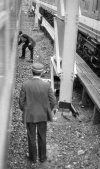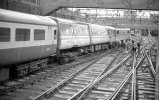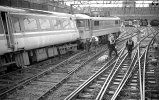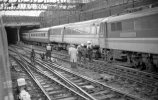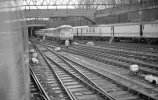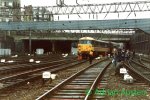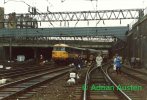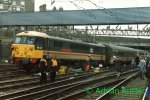British Rail was often characterised as staffed by jobsworths, but in those days I rarely encountered the allegedly normal 'nuffink to do wiv me mate' response. Once the railway was divided, however, the response of either 'not my problem' or 'that's your problem', perhaps a slightly more genteel way of expressing the same intention, became common. I could give tiresome examples, but my personal record is of 27 such responses to an attempt to solve a 'problem' created elsewhere....
Well, maybe. The M.R. Accidents page was, I think I remember, based on accident reports and updates issued by the Ministry. The parallel today would be the RAIB on-line digest which, as an example, this month contains reports into two derailments - one of an e.c.s. train, and one of a passenger train striking a derailed loco. But perhaps that's exceptional.
The high volume of freight and mineral traffic in those days - many more train miles - would also be relevant. About 80,000,000 to 100,000,000 tons of coal alone was moved, and other bulk traffic in considerable tonnages - iron ore, limestone (for basic oxygen steel making amongst other end uses), coke, iron, finished steel. chemicals - was conveyed. The loss of almost all of this traffic is statistically bound to improve the absolute (rather than comparative) incidence of mishaps.
